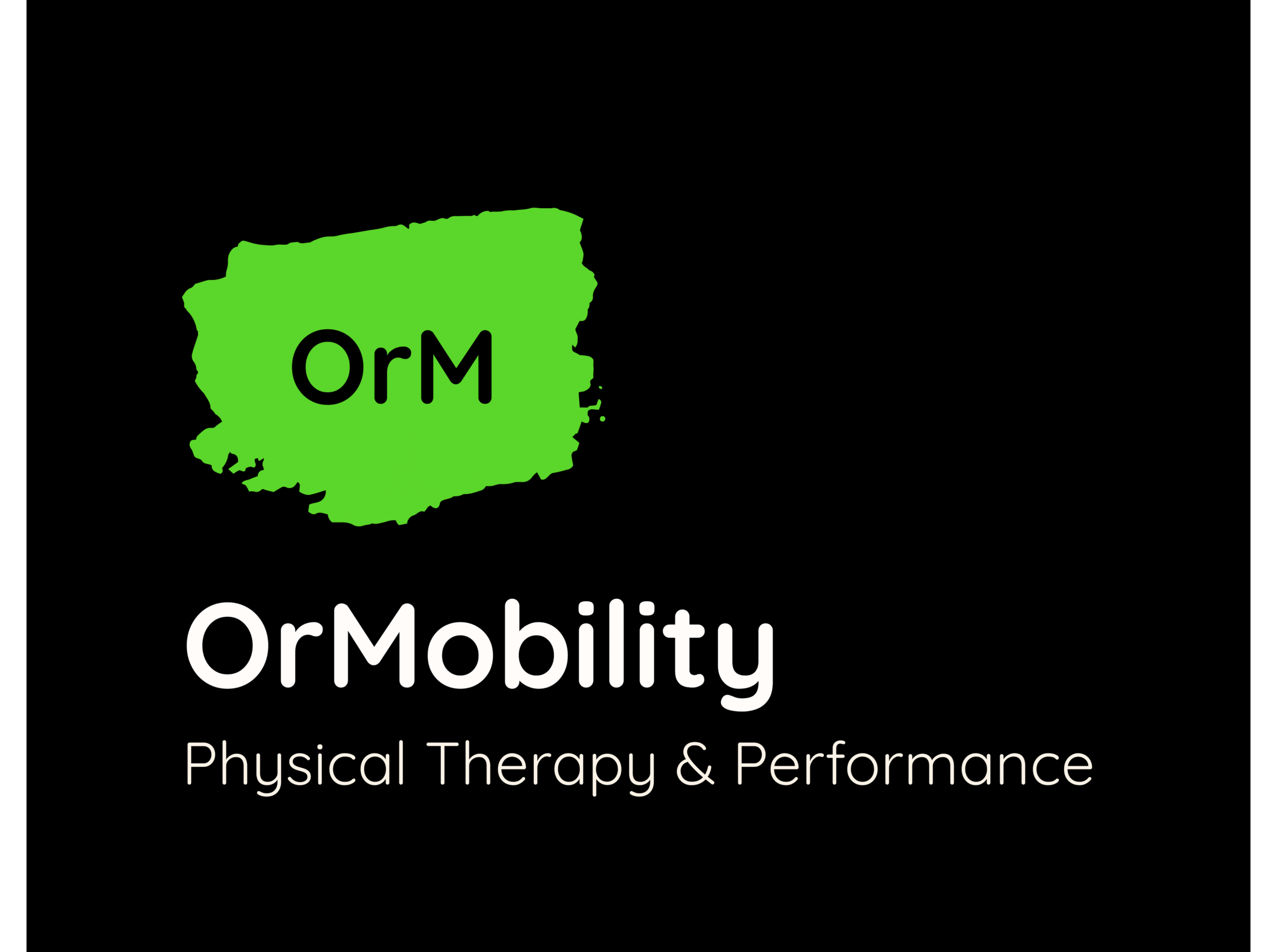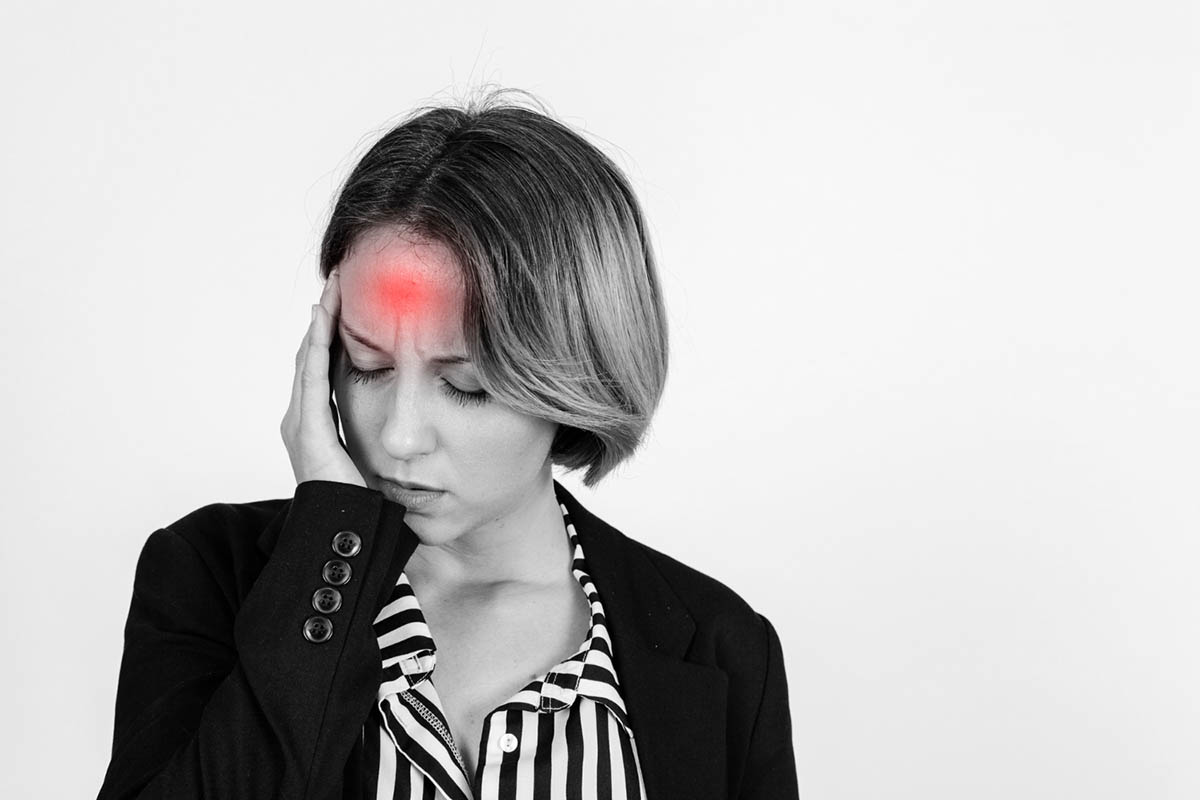Can Inflammation Cause Headaches? Understanding the Connection and How to Manage It
Headaches are a common ailment that can significantly impact daily life and overall well-being. At OrMobility Physical Therapy & Performance in Roseburg, Oregon, we offer comprehensive nutritional, sleep, and stress coaching to help our clients manage various health issues, including headaches. This blog post explores the connection between inflammation and headaches, how inflammation can contribute to headache pain, and effective strategies to manage both.
Understanding Inflammation and Headaches
Inflammation is the body’s natural response to injury, infection, or harmful stimuli. It involves the immune system releasing various cells and substances to protect and heal the body. While acute inflammation is short-term and beneficial, chronic inflammation is long-lasting and can lead to various health problems, including headaches.
Headaches can be classified into different types, including tension headaches, migraines, and cluster headaches. Each type has distinct characteristics, but inflammation can play a role in the development and severity of these headaches.
How Inflammation Can Cause Headaches
Research indicates that inflammation can contribute to headaches through several mechanisms:
- Cytokine Production: Inflammatory cytokines, such as interleukin-1 (IL-1), interleukin-6 (IL-6), and tumor necrosis factor-alpha (TNF-α), can affect the nervous system and contribute to headache pain. These cytokines can activate pain pathways and increase the sensitivity of pain receptors.
- Vascular Changes: Inflammation can cause changes in blood vessels, such as dilation and increased permeability. These changes can lead to the activation of pain receptors in the blood vessel walls, contributing to headaches, particularly migraines.
- Neurogenic Inflammation: Inflammation in the nervous system, known as neurogenic inflammation, involves the release of inflammatory mediators from nerve endings. This type of inflammation can directly trigger headache pain by affecting the nerves involved in headache pathways.
- Central Sensitization: Chronic inflammation can lead to central sensitization, a condition where the central nervous system becomes hypersensitive to pain signals. This increased sensitivity can result in more frequent and severe headaches.
- Gut-Brain Axis: Inflammation in the gut, often caused by an imbalance in gut microbiota, can affect the brain through the gut-brain axis. This connection can contribute to headaches, particularly in individuals with conditions like irritable bowel syndrome (IBS) or inflammatory bowel disease (IBD).
Symptoms of Inflammation-Related Headaches

Recognizing inflammation-related headaches is essential for effective management. Common symptoms include:
- Persistent or recurrent headache pain
- Pain that worsens with physical activity or certain movements
- Sensitivity to light, sound, or smells
- Nausea or vomiting (especially in migraines)
- Stiffness or pain in the neck and shoulders
- Fatigue and general malaise
Effective Strategies to Reduce Inflammation and Manage Headaches
Managing inflammation and headaches requires a holistic approach that includes dietary changes, regular physical activity, stress management, and adequate sleep. Here are some effective strategies:
1. Adopt an Anti-Inflammatory Diet
Eating a diet rich in anti-inflammatory foods can help reduce inflammation and manage headache pain.
- Fruits and Vegetables: Consume a variety of colorful fruits and vegetables. They are high in antioxidants, which help combat inflammation. Aim for at least five servings per day.
- Whole Grains: Choose whole grains like brown rice, quinoa, and oats over refined grains. Whole grains provide fiber and nutrients that reduce inflammation and promote satiety.
- Omega-3 Fatty Acids: Incorporate foods rich in omega-3 fatty acids, such as fatty fish (salmon, mackerel), flaxseeds, chia seeds, and walnuts. Omega-3s have potent anti-inflammatory properties.
- Healthy Fats: Use olive oil and avocado oil, which contain monounsaturated fats that reduce inflammation and improve heart health.
- Limit Processed Foods: Avoid foods high in trans fats, refined sugars, and artificial additives. These can increase inflammation and contribute to headache pain.
2. Engage in Regular Physical Activity
Regular exercise is essential for reducing inflammation and managing headache pain.
- Aerobic Exercise: Engage in at least 150 minutes of moderate-intensity aerobic exercise per week, such as brisk walking, cycling, or swimming. Aerobic exercise improves cardiovascular health and reduces inflammation.
- Strength Training: Include strength training exercises at least two days per week. Building muscle helps to improve metabolism and reduce body fat.
- Flexibility and Balance: Incorporate activities like yoga or tai chi, which reduce stress, improve flexibility, and enhance overall well-being.
3. Ensure Adequate Sleep
Quality sleep is crucial for reducing inflammation and maintaining a healthy weight.
- Consistent Sleep Schedule: Go to bed and wake up at the same time every day, even on weekends, to regulate your body’s internal clock.
- Create a Sleep-Friendly Environment: Ensure your bedroom is cool, dark, and quiet. Use blackout curtains and a white noise machine if necessary.
- Avoid Stimulants: Limit caffeine and alcohol intake, especially in the evening, as they can interfere with sleep quality.
4. Manage Stress Effectively
Chronic stress can exacerbate inflammation and contribute to headaches. Implementing stress management techniques can significantly benefit your health.
- Mindfulness and Meditation: Practice mindfulness meditation to reduce stress. Spend a few minutes each day focusing on your breath and being present in the moment.
- Deep Breathing Exercises: Techniques like diaphragmatic breathing can help calm the nervous system and reduce stress-induced inflammation.
- Physical Relaxation: Yoga, tai chi, and progressive muscle relaxation can help manage stress and reduce inflammation.
5. Maintain a Healthy Weight
Being overweight or obese can increase inflammation. Achieving and maintaining a healthy weight is essential.
- Balanced Diet and Exercise: Combine a healthy diet with regular physical activity to achieve and maintain a healthy weight.
- Portion Control: Be mindful of portion sizes and avoid overeating, especially foods high in calories and low in nutrients.
6. Hydration and Avoiding Triggers

Proper hydration and avoiding headache triggers can help manage inflammation and reduce headache frequency.
- Stay Hydrated: Drink plenty of water throughout the day to stay hydrated. Dehydration can worsen inflammation and trigger headaches.
- Identify and Avoid Triggers: Common headache triggers include certain foods (e.g., aged cheese, chocolate, processed meats), alcohol, caffeine, and stress. Keep a headache diary to identify and avoid your specific triggers.
Conclusion
Understanding the link between inflammation and headaches is crucial for effective health management. By adopting a holistic approach that includes a healthy diet, regular exercise, adequate sleep, stress management, maintaining a healthy weight, and staying hydrated, you can reduce both inflammation and headache frequency, significantly improving your overall health.
At OrMobility Physical Therapy & Performance in Roseburg, Oregon, we are committed to helping our clients achieve optimal health through personalized coaching and support. If you’re looking to enhance your health and wellness, contact us today. Our team of experts is here to guide you on your journey to better health and improved quality of life.
References
- “Inflammation and Headache: Mechanisms and Management.” Headache, vol. 58, no. 8, 2018, pp. 1260-1275.
- “Diet and Inflammation: The Impact on Migraine and Headache.” Nutrients, vol. 12, no. 10, 2020, article 3154.
- “Physical Activity: and Its Role in the Reduction of Chronic Headache Pain.” Journal of Headache and Pain, vol. 21, no. 1, 2020, article 63.
- “Sleep and Headaches: The Role of Sleep Deprivation in Headache Disorders.” Nature Reviews Neurology, vol. 15, no. 12, 2019, pp. 674-684.
By focusing on reducing inflammation and managing headaches, you can take proactive steps towards maintaining your health and preventing complications. At OrMobility Physical Therapy & Performance, we are here to support you every step of the way. Contact us to start your journey towards better health and wellness today.


